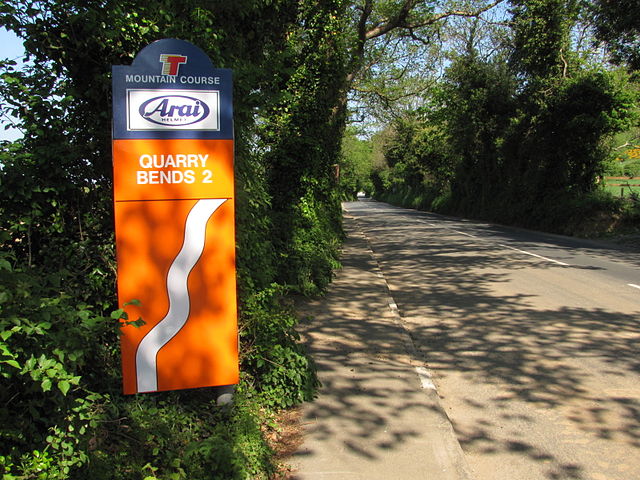Wild wallaby numbers top 1,000 on the doorstep of the TT course
A recent survey of the Isle of Man’s wallaby population found an estimated 1,000 of them with a density of up to 140 per kilometre.

There are a lot of things the Isle of Man is famous for, aside from bikes. From the Manx Faries that ride on horseback, to the seals that lounge on the rocks near the Calf of Man.
There is, though, another large mammal that is becoming something of a celebrity on the Isle: The red necked wallaby.
You may or may not be aware that there is a thriving population of the large mammals living slap bang in the middle of the Irish Sea. And while that is kind of cool to imagine, being as these things originate from Australia and Tasmania, it’s also quite terrifying when you consider that the Isle of Man becomes the world's greatest race track a couple of times a year.
And while UK race tracks ban pets like dogs from entry, unless you are Lewis Hamilton or Charles Leclerc, occasional encounters with wildlife during race week at the TT and Classic TT are inevitable. At last year’s race, the aptly named racer Mark Parrett encountered a seagull while travelling at 150mph. On that occasion, the bird, which probably weighed around 600 to 1,000 grams, smashed Parrett’s arm to bits, which required surgery, and ended his 100th TT start dream.
The average weight of a red necked wallaby can be between 13.8 and 18.6 kilograms, according to Wikipedia. It doesn’t take much imagination to realise that a collision at those speeds with an Antipodean hopper of that size would be nothing short of catastrophic.
But Red Necked Wallabies are nocturnal creatures?! I hear you cry. And yes, they are, but there is another issue that could cause them to stray out at unnatural hours of the day. To explain that, we have to look at where they came from.

It’s widely believed that the Manx wallaby population escaped from the government-owned Curraghs Wildlife Park in the 1960s. According to the Manx Wildlife Trust (MWT), around 10 are believed to have slipped past security and set up homes in the leafy forests and swampland around the Ballaugh Curragh ASSI (Area of Special Scientific Interest) and the Ramsar site. And they didn’t just settle in and make the best of it; they thrived.
Now, following a survey carried out by a drone and thermal camera, there are around 1,000 of them, with the MWT claiming concentrations of up to 140 per kilometre. Because this 1,000-strong population emanates from a handful of animals, interbreeding is rife, leading to some having health problems like milky eyes and blindness. It’s these animals that have been described as appearing “disoriented”.
A report from 2024 on 3FM (the Manx radio station’s website) stated that the Department for Enterprise hadn’t done a “specific risk assessment” into the dangers of the Manx wallaby population, although it did go on to say that “a risk assessment for the whole course includes livestock and wild animals.”
While the Manx wallaby colony remains where it is, near to the 140mph+ Quarry Bends, that’s all well and good. If the colony starts to shift, though, as it searches for new places to feed and rest, it could become a bit more of an issue.
Find the latest motorcycle news on Visordown.com












